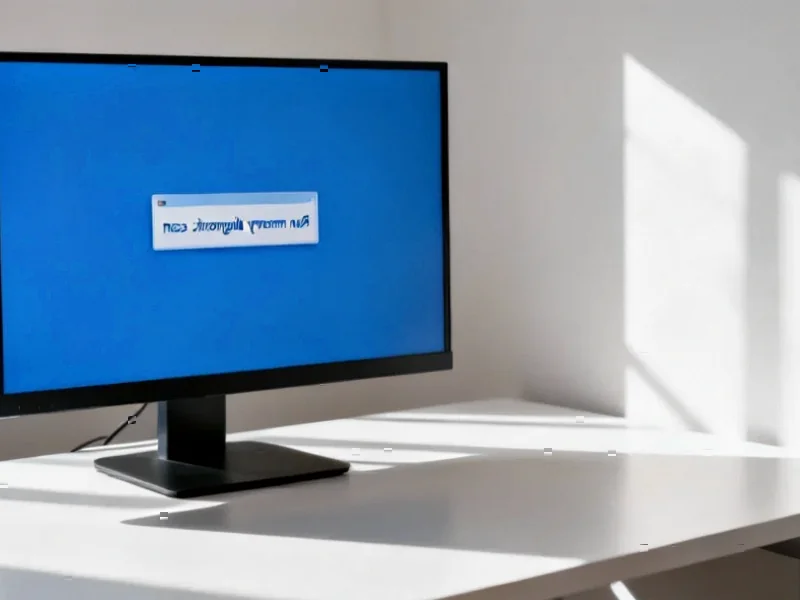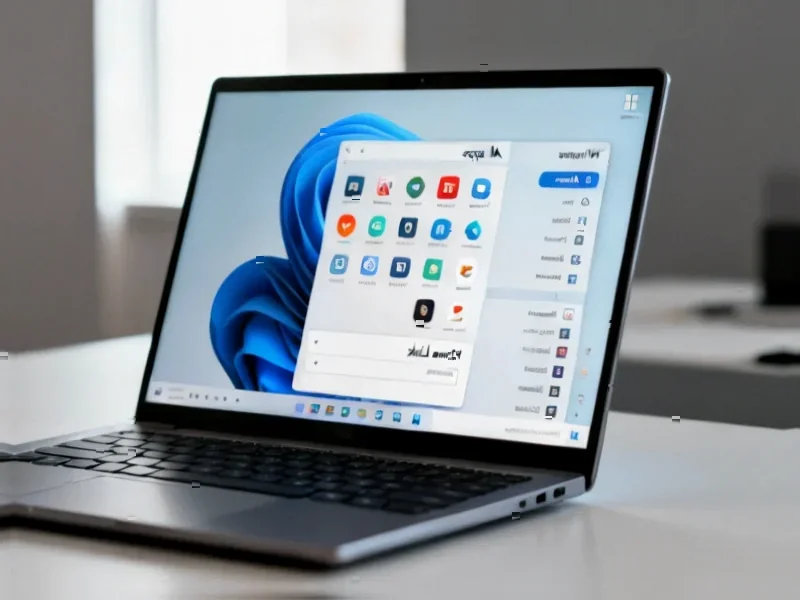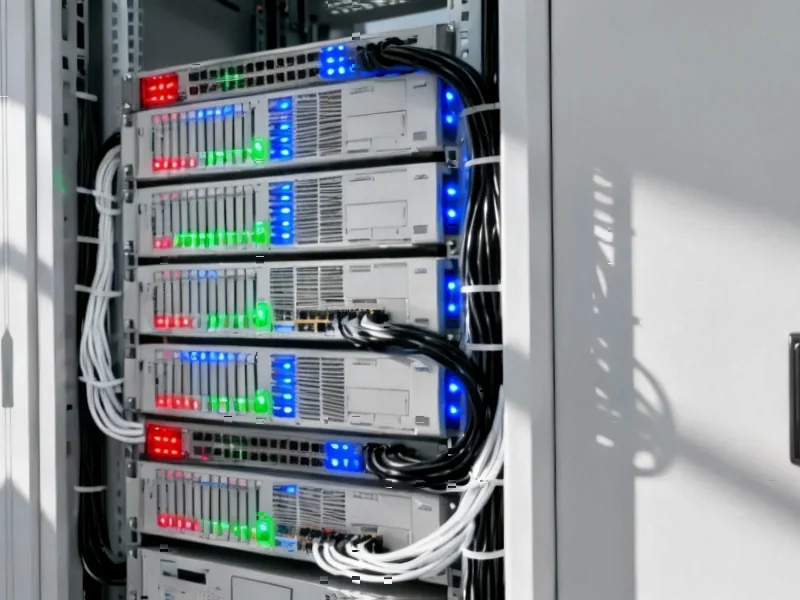According to XDA-Developers, a longtime Windows user who’d studied Linux fundamentals through formal education recently spent several months testing Linux as their primary operating system. They tried three different distributions—starting with familiar Ubuntu, then gaming-focused Bazzite, and finally cutting-edge CachyOS—hoping to escape Windows 11’s telemetry, ads, and constant Edge nagging. Despite finding CachyOS with GNOME or KDE desktop environments the most comfortable experience, they encountered persistent gaming issues including crashes and stuttering across all distributions. The final straw came when needing Adobe software with specific plugins for work and facing anti-cheat limitations with upcoming games like Battlefield 6. After months of dual-booting that became essentially single-booting into Windows, they reluctantly returned full-time to Microsoft’s ecosystem.
The Compatibility Trap That Keeps Us Stuck
Here’s the thing that struck me about this story: we’re basically living through a modern tech version of “you can’t have your cake and eat it too.” The author clearly knows their way around Linux—this isn’t some casual user who got scared by the terminal. They gave it a real shot across multiple specialized distributions over months. But professional software requirements and gaming anti-cheat systems created walls they couldn’t scale.
And honestly, this is the exact same dilemma I’ve watched play out for years. Linux desktop adoption has been “just around the corner” since the early 2000s. Every time it makes genuine progress—better hardware support, smoother installation, more polished desktop environments—something pulls people back. Usually it’s either “I need Adobe” or “I need this specific business software” or “my favorite game’s anti-cheat doesn’t work.” The goalposts keep moving.
Windows Frustration Is Real (And Getting Worse)
Let’s be clear though—the author’s complaints about Windows aren’t exaggerated. Microsoft really has been turning Windows into an ad platform that happens to run your software. The constant OneDrive nagging? The settings menu that’s still split between legacy Control Panel and modern Settings years later? The aggressive Edge pushing? These aren’t minor annoyances—they’re fundamental design choices that treat users like products.
But here’s the brutal truth: Microsoft knows most of us are trapped. They can make Windows increasingly annoying because where else are you going to go? Your job requires specific Windows-only software. Your gaming hobby needs anti-cheat systems that don’t support Linux. So you tolerate the telemetry and the ads and the broken updates because the alternative means giving up things you actually need.
Is There Actually a Solution?
The author mentions that compatibility “really isn’t a difficult problem to solve,” and technically they’re right. The technology exists—better Wine/proton support, virtualization, containerization. But the economic incentives just aren’t there for most companies. Why would Adobe spend millions porting Creative Cloud to Linux when 95% of their users are on Windows or Mac?
And gaming is even trickier. Anti-cheat developers have zero incentive to support Linux when cheating on that platform could potentially be easier to implement. Game studios want maximum security, not maximum compatibility across operating systems.
So we’re stuck in this cycle where Linux gets better every year, but the commercial software world moves faster in the opposite direction. The gap might actually be widening for professional users, not closing. That’s a tough pill to swallow for anyone who values software freedom and privacy.
The Uncomfortable Reality
At the end of the day, this story reveals something pretty fundamental about modern computing: your operating system choice is increasingly dictated by the applications you need, not the experience you want. You can have principles about privacy and control, or you can have job compatibility and gaming access. Very few people get both.
Maybe the real solution isn’t waiting for Linux to “win” the desktop war. Maybe it’s accepting that most of us will need to live in multiple ecosystems—Windows for work and certain games, Linux for development and privacy-sensitive tasks, maybe a Mac for creative work. The idea of a single perfect OS might just be a fantasy we need to let go of.
But hey, at least we can all agree that Windows 11’s Start menu is objectively worse than Windows 10’s, right? Some frustrations truly are universal.




